The Société Anonyme des Anciens Etablisements Panhard et Levassor had an engineering history going back to the 1840s. From the mid-1870s, as well as the woodworking machinery that was Panhard-Levassor’s staple product, the firm had been making Deutz stationary gas engines under licence. Therefore, when in 1889 Gottlieb Daimler wanted a French manufacturer to build the V-twin engine that he had developed with his partner Wilhelm Maybach, Panhard-Levassor was a logical choice. Emile Levassor originally envisaged selling only engines, and indeed about half the output of just over 650 V-twin engines made between 1890 and 1895 by Panhard-Levassor were sold to Armand Peugeot for his motorcars, but Levassor soon realised that what Peugeot could do, so could his own firm. The first Panhard-Levassor motorcars were sold in 1891. These had the engine fitted at the front of the chassis with the drive via a clutch to an exposed gear train and transmission to the rear axel by chain. Levassor was not the first to use this front-engine layout, but it was the Panhard-Levassor firm that popularised it and for many years the systéme Panhard was the norm for most motorcar makers. Until about 1899 the cars were tiller steered, and almost all were right-hand drive, the latter being a feature of the majority of French makers well into the twentieth century. In 1895 a new engine design was developed, called the Phénix. This was a vertical two-cylinder monobloc unit that drove through a cone clutch to a proper gearbox with final drive by dual side-chains. A car of this pattern came to public attention in June of 1895 when Levassor finished first in the Paris-Bordeaux-Paris race, driving a 4-horsepower car fitted with the new engine. Levassor, then aged 52, drove continuously for over 48 hours and averaged 15 miles per hour for the 732 mile round trip. Phénix-engined cars of the Paris-Bordeaux-Paris pattern formed the basis of the firm’s output for several years and this example differs from the race car only in respect of being fitted with a larger 6hp engine of 90mm by 130mm bore and stroke. The Panhard-Levassor Records show that “1 chassis de voiture automobile avec moteur du 6 chevaux no. 1066”, fitted with solid rubber tyred-wheels was sold from the works in the Avenue d’Ivry on the 24 December 1897 for a total price of 6,525 Francs. The purchaser was the Parisian motor dealers Barthélemy et Cie, whose premises were just off the Champs Elysée, but the identity of the car’s first owner is unfortunately not known. The car was discovered in the south of France in the 1970s and when found it appeared that it had been modified for commercial use since all the mechanical components had been built into a lengthened steel chassis and the rear wheels had been cut down to the same diameter as the front. Restoration of the car was undertaken in England by the well-known motoring enthusiast David Baldock, working together with his father, and they used surviving original Panhard-Levassors for guidance. Because the engine number is 1066 the car was named, ‘William the Conqueror’. When new, the Panhard-Levassor would have had a wooden chassis and a new one had to be made to return the car to its correct specification. Its mechanical elements were refurbished and the engine, clutch, gearbox, both axles and their associated parts (supplied when new by Les Forges Lemoine), brakes, and the wheel hubs are original 1897 Panhard-Levassor items from the one car. Missing smaller components such as the carburettor, hot tube-ignition burner-box, and lubricants, were sourced from surviving period parts whilst the water pump is a replacement item. A period two-seater body was obtained and restored and a correct pattern wooden bonnet was made. The wooden frame of the hood was renewed and it was recovered, but its original ironwork was re-used. However, the chassis apart all the maker’s original components are from the single source. The engine was run after restoration using
The Société Anonyme des Anciens Etablisements Panhard et Levassor had an engineering history going back to the 1840s. From the mid-1870s, as well as the woodworking machinery that was Panhard-Levassor’s staple product, the firm had been making Deutz stationary gas engines under licence. Therefore, when in 1889 Gottlieb Daimler wanted a French manufacturer to build the V-twin engine that he had developed with his partner Wilhelm Maybach, Panhard-Levassor was a logical choice. Emile Levassor originally envisaged selling only engines, and indeed about half the output of just over 650 V-twin engines made between 1890 and 1895 by Panhard-Levassor were sold to Armand Peugeot for his motorcars, but Levassor soon realised that what Peugeot could do, so could his own firm. The first Panhard-Levassor motorcars were sold in 1891. These had the engine fitted at the front of the chassis with the drive via a clutch to an exposed gear train and transmission to the rear axel by chain. Levassor was not the first to use this front-engine layout, but it was the Panhard-Levassor firm that popularised it and for many years the systéme Panhard was the norm for most motorcar makers. Until about 1899 the cars were tiller steered, and almost all were right-hand drive, the latter being a feature of the majority of French makers well into the twentieth century. In 1895 a new engine design was developed, called the Phénix. This was a vertical two-cylinder monobloc unit that drove through a cone clutch to a proper gearbox with final drive by dual side-chains. A car of this pattern came to public attention in June of 1895 when Levassor finished first in the Paris-Bordeaux-Paris race, driving a 4-horsepower car fitted with the new engine. Levassor, then aged 52, drove continuously for over 48 hours and averaged 15 miles per hour for the 732 mile round trip. Phénix-engined cars of the Paris-Bordeaux-Paris pattern formed the basis of the firm’s output for several years and this example differs from the race car only in respect of being fitted with a larger 6hp engine of 90mm by 130mm bore and stroke. The Panhard-Levassor Records show that “1 chassis de voiture automobile avec moteur du 6 chevaux no. 1066”, fitted with solid rubber tyred-wheels was sold from the works in the Avenue d’Ivry on the 24 December 1897 for a total price of 6,525 Francs. The purchaser was the Parisian motor dealers Barthélemy et Cie, whose premises were just off the Champs Elysée, but the identity of the car’s first owner is unfortunately not known. The car was discovered in the south of France in the 1970s and when found it appeared that it had been modified for commercial use since all the mechanical components had been built into a lengthened steel chassis and the rear wheels had been cut down to the same diameter as the front. Restoration of the car was undertaken in England by the well-known motoring enthusiast David Baldock, working together with his father, and they used surviving original Panhard-Levassors for guidance. Because the engine number is 1066 the car was named, ‘William the Conqueror’. When new, the Panhard-Levassor would have had a wooden chassis and a new one had to be made to return the car to its correct specification. Its mechanical elements were refurbished and the engine, clutch, gearbox, both axles and their associated parts (supplied when new by Les Forges Lemoine), brakes, and the wheel hubs are original 1897 Panhard-Levassor items from the one car. Missing smaller components such as the carburettor, hot tube-ignition burner-box, and lubricants, were sourced from surviving period parts whilst the water pump is a replacement item. A period two-seater body was obtained and restored and a correct pattern wooden bonnet was made. The wooden frame of the hood was renewed and it was recovered, but its original ironwork was re-used. However, the chassis apart all the maker’s original components are from the single source. The engine was run after restoration using


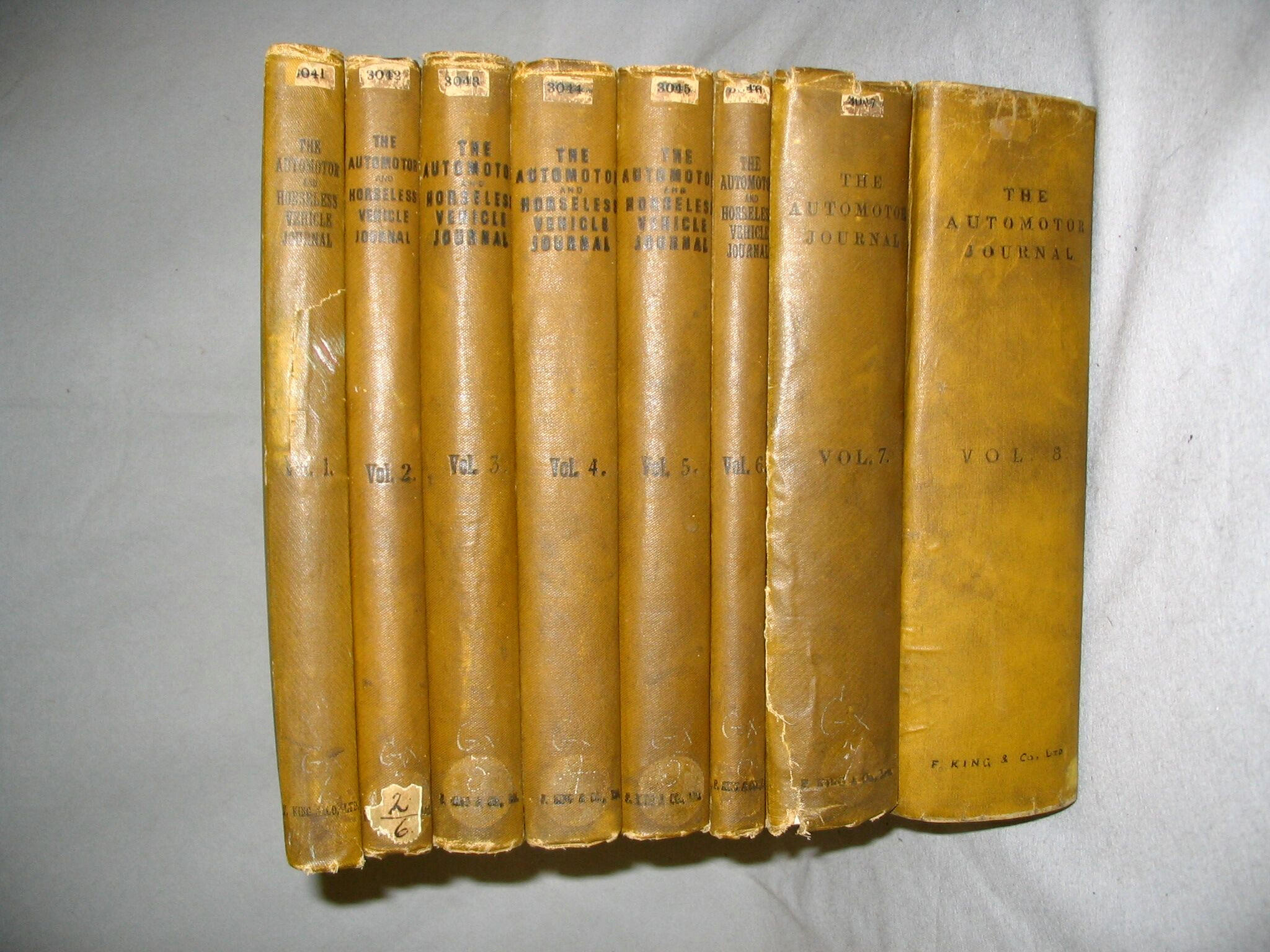
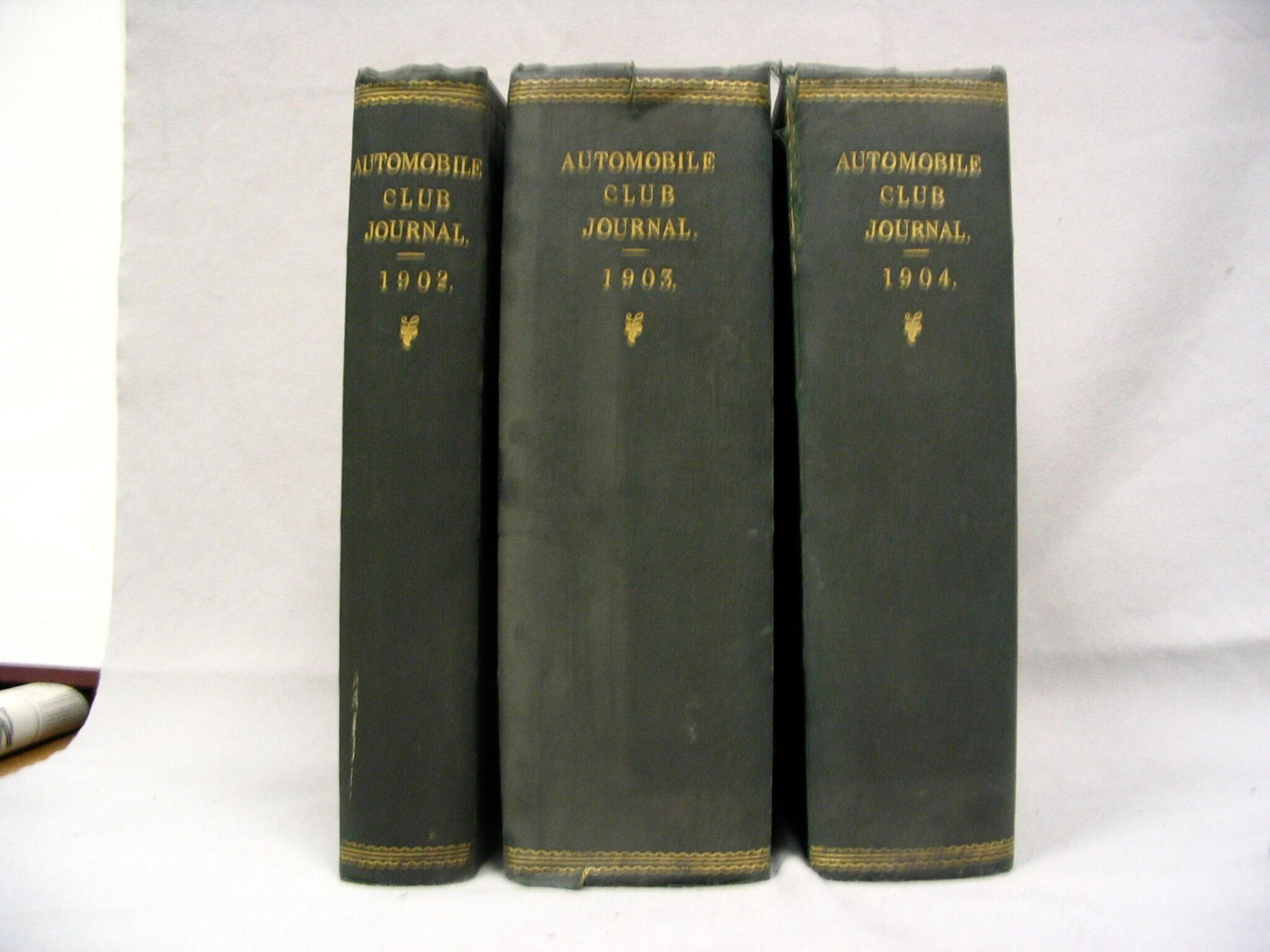
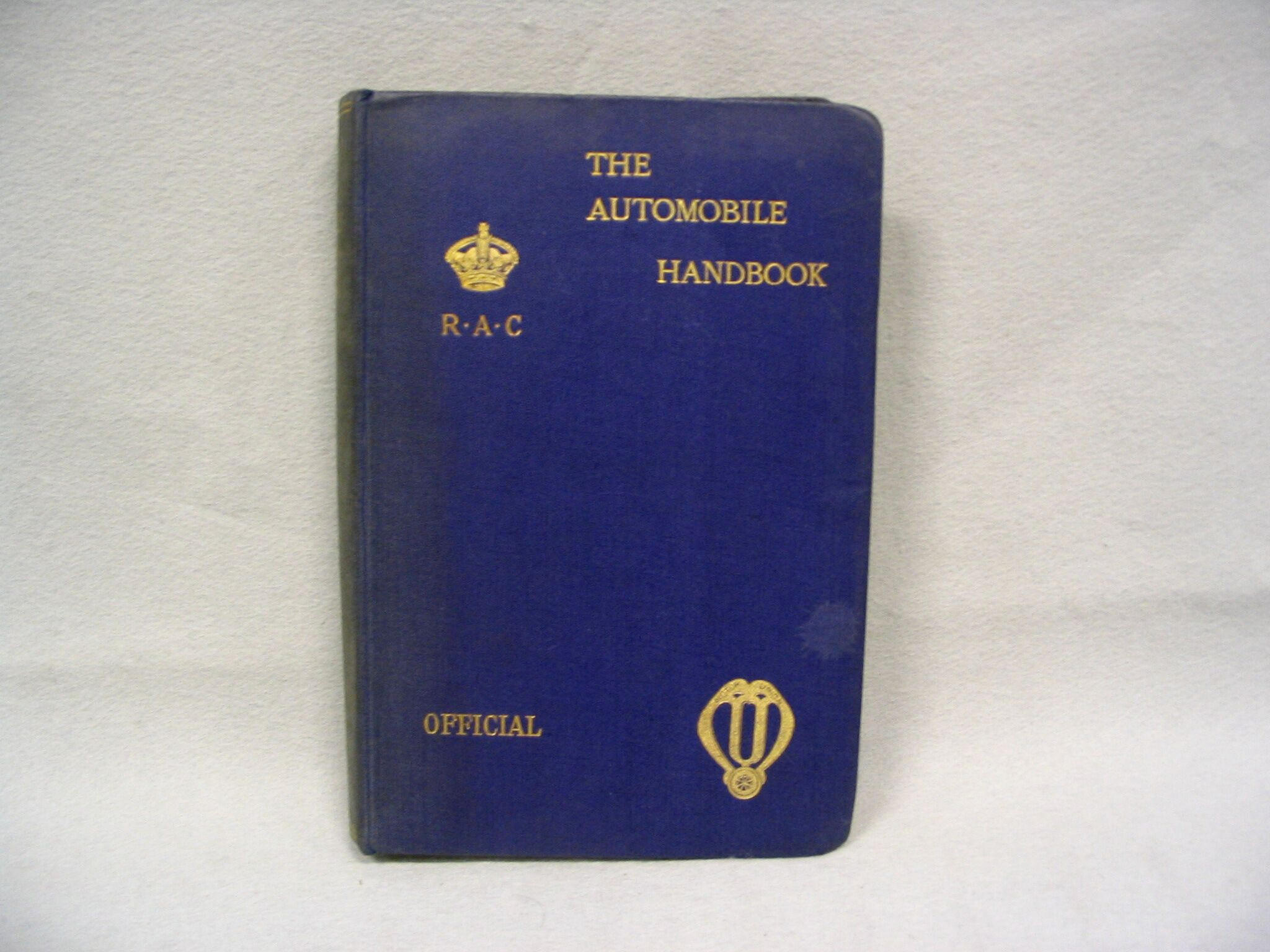
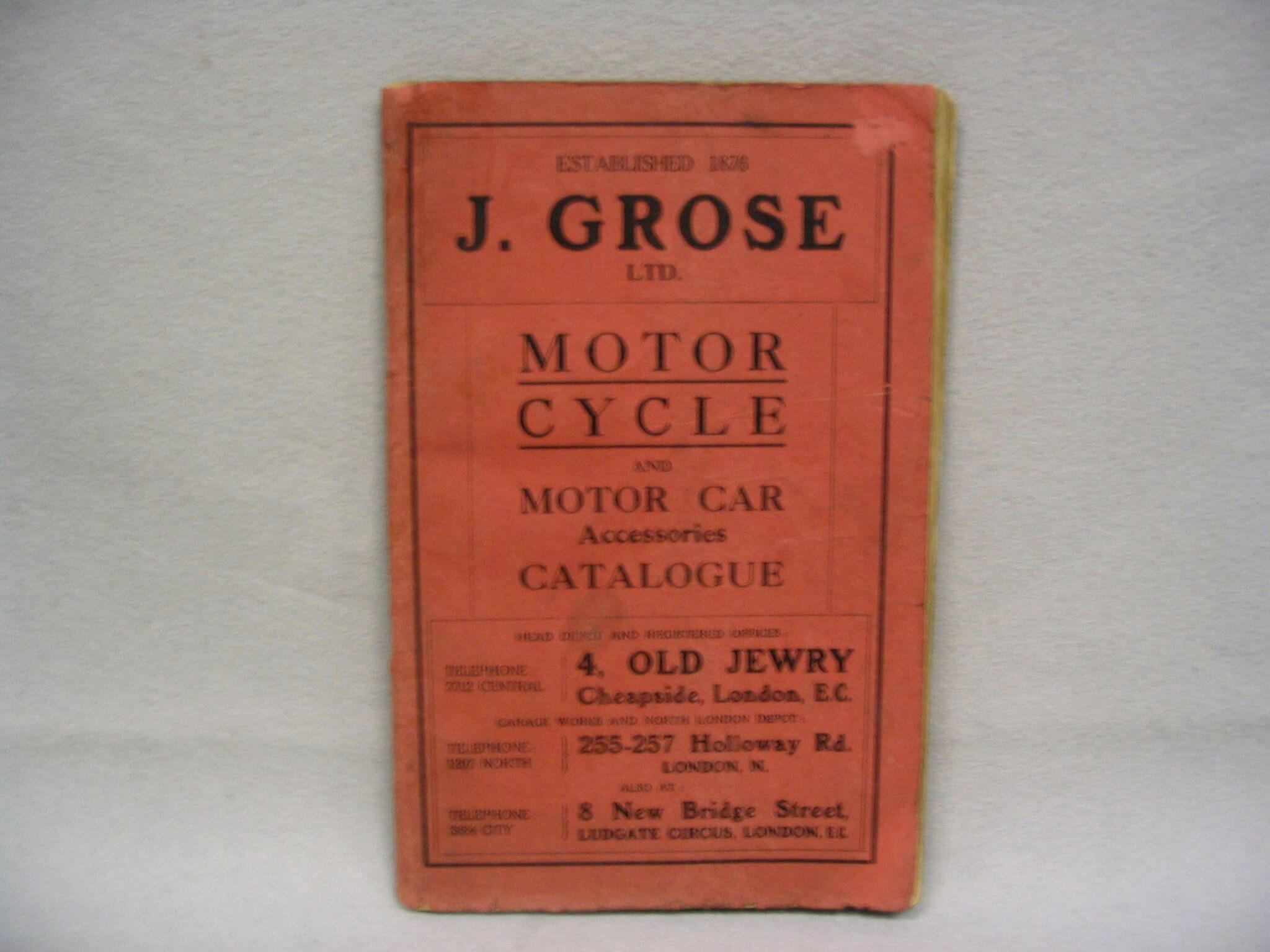

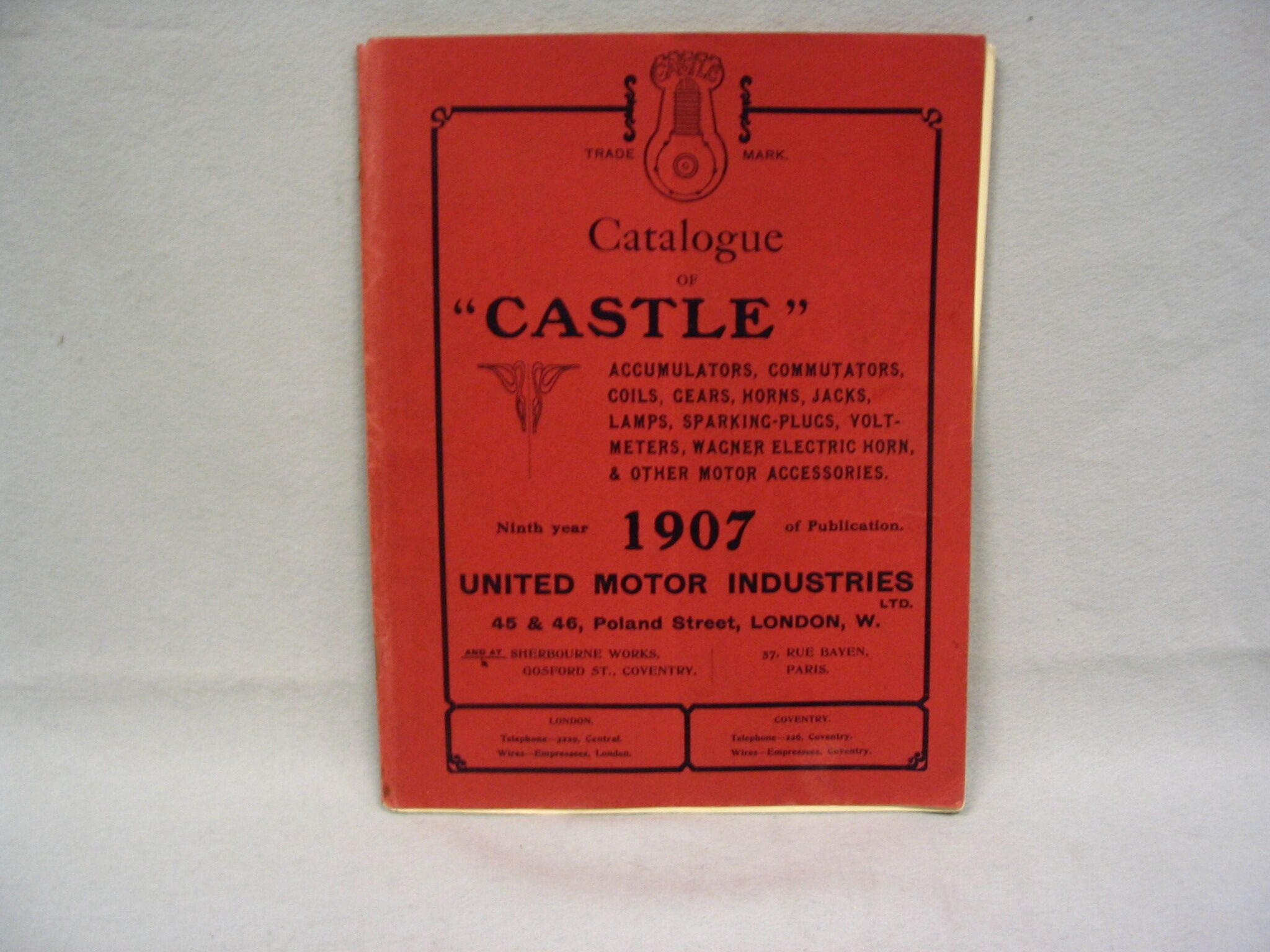
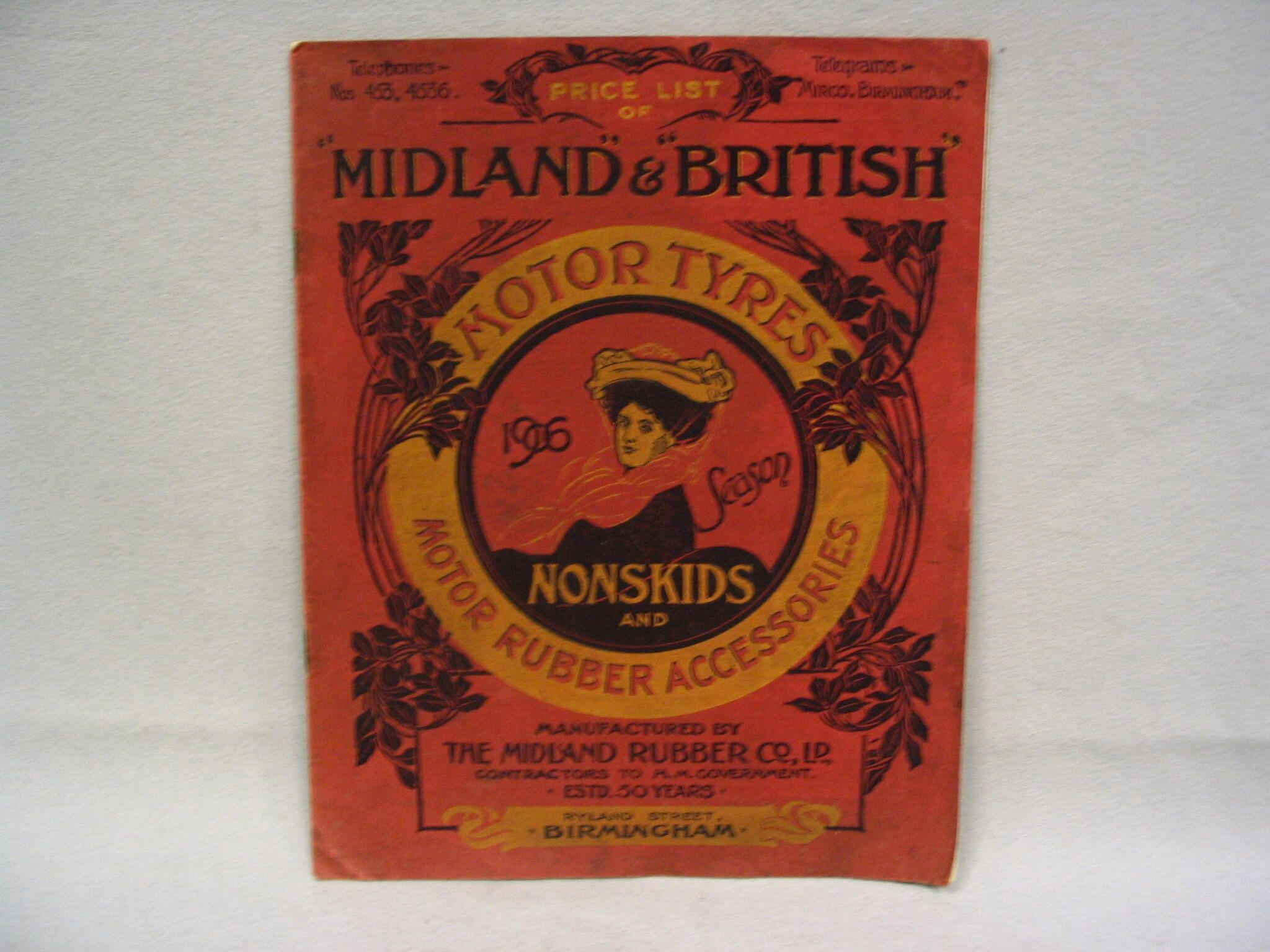

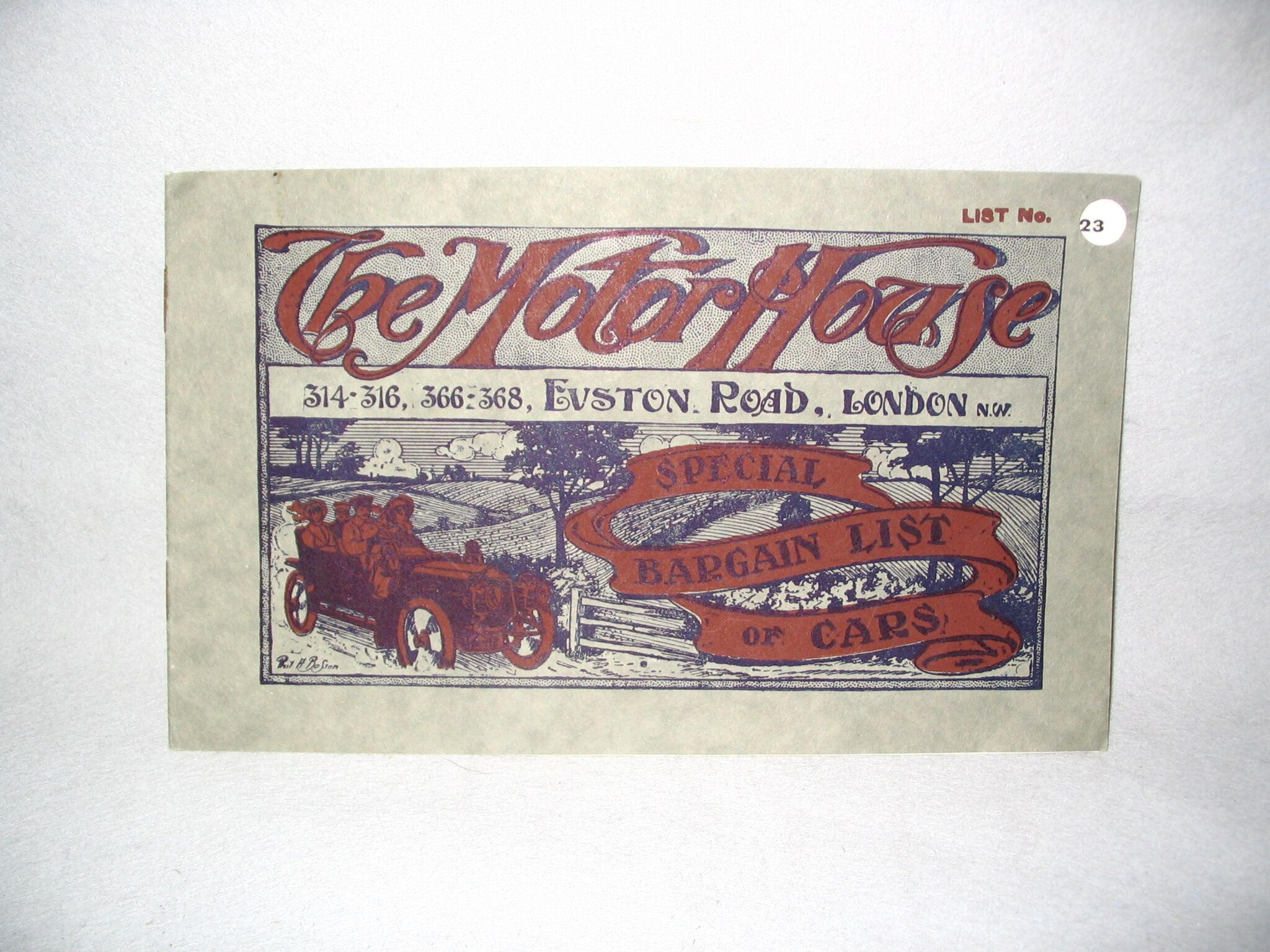
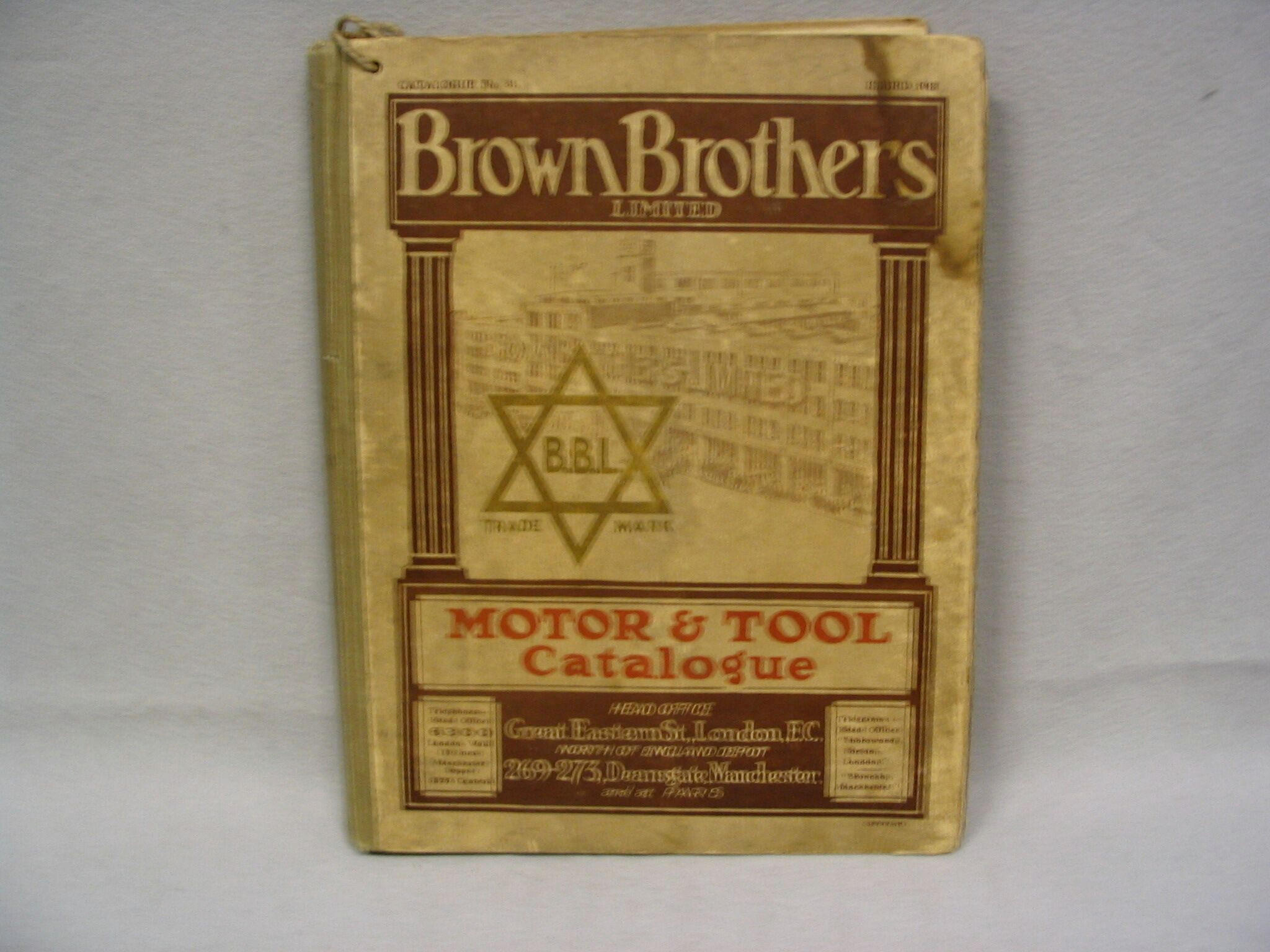
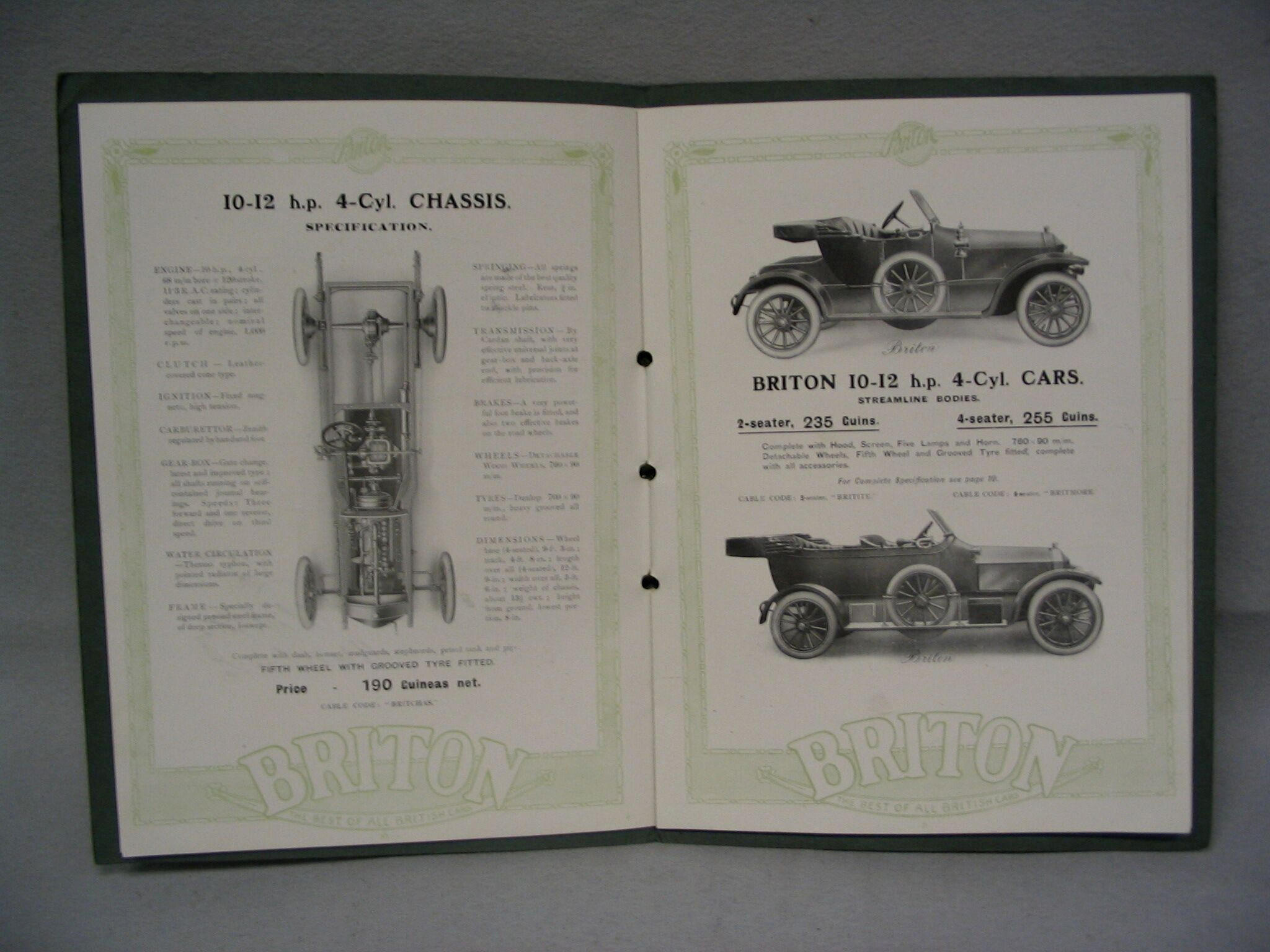
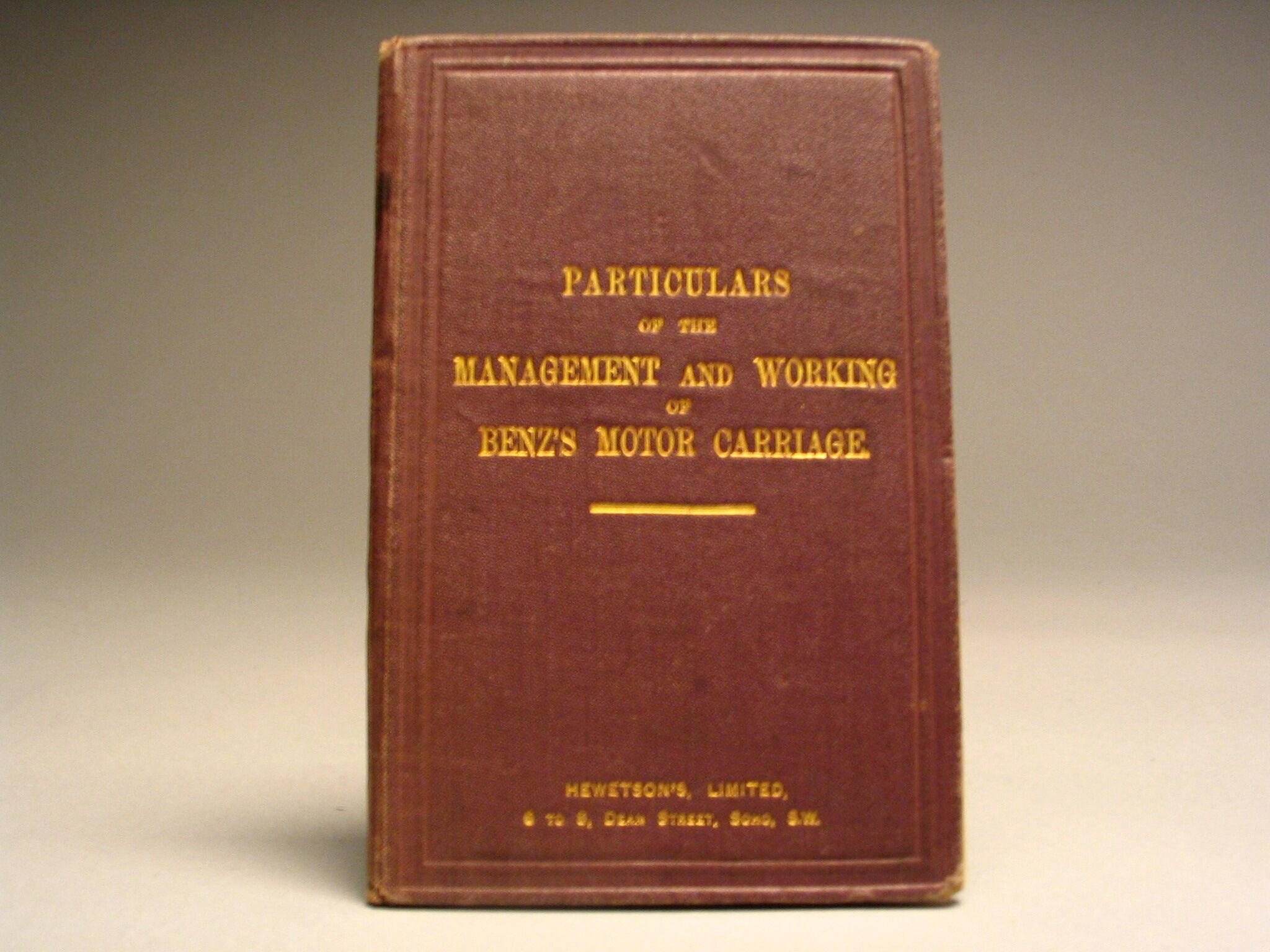

Try LotSearch and its premium features for 7 days - without any costs!
Be notified automatically about new items in upcoming auctions.
Create an alert